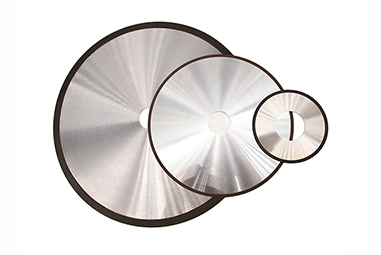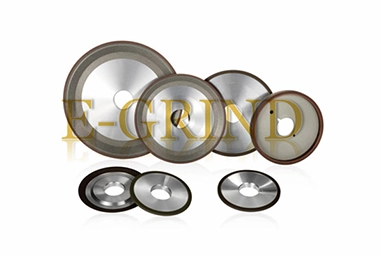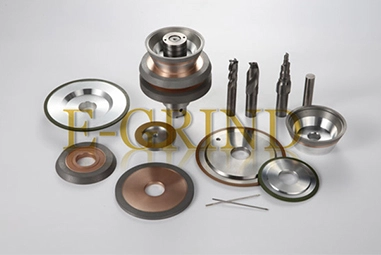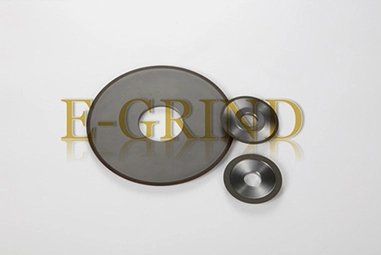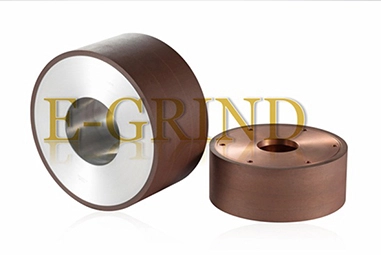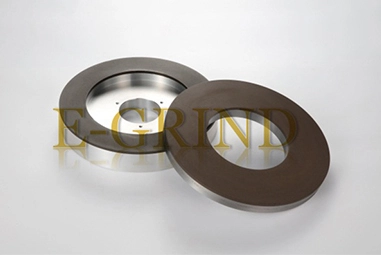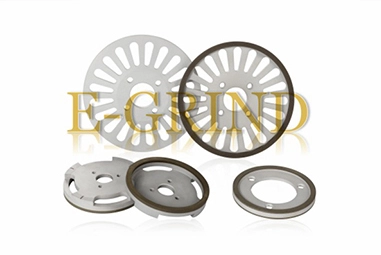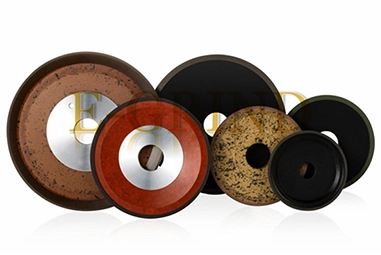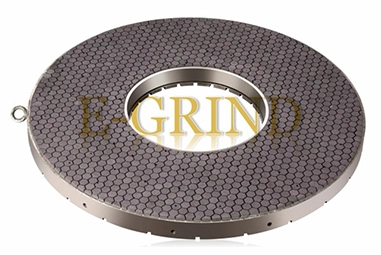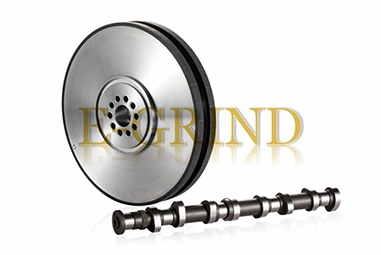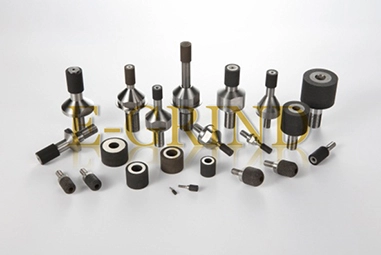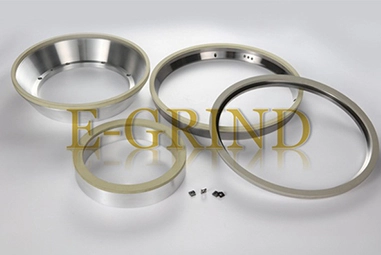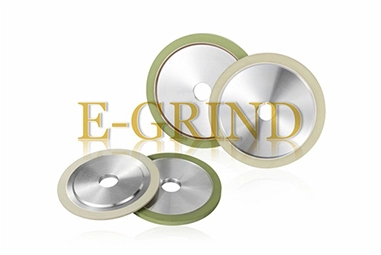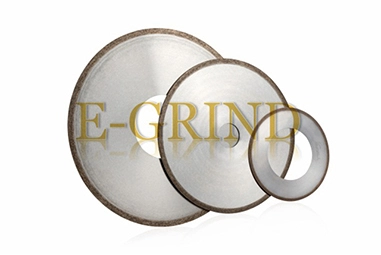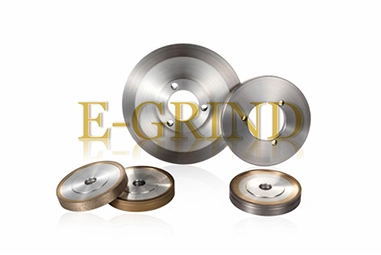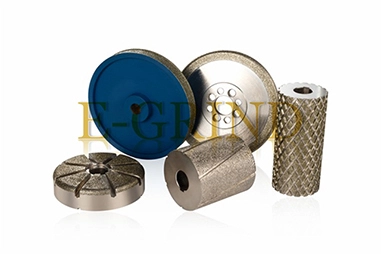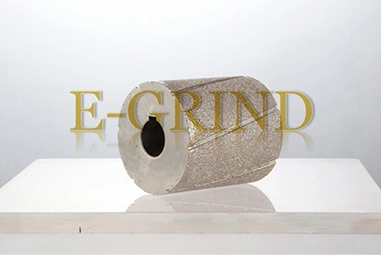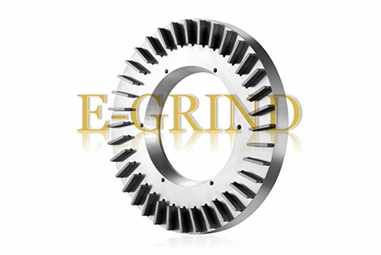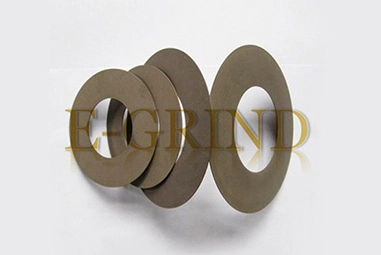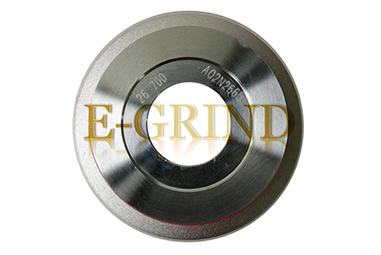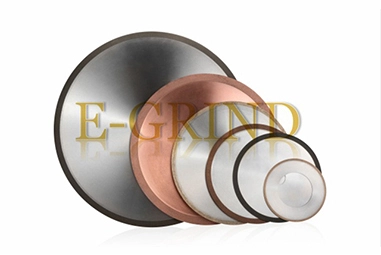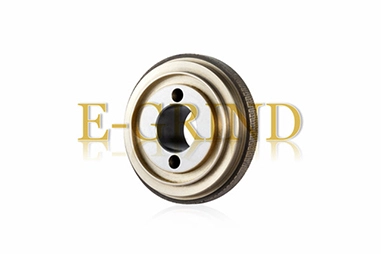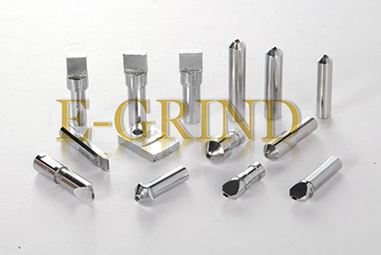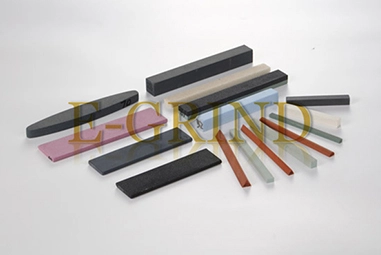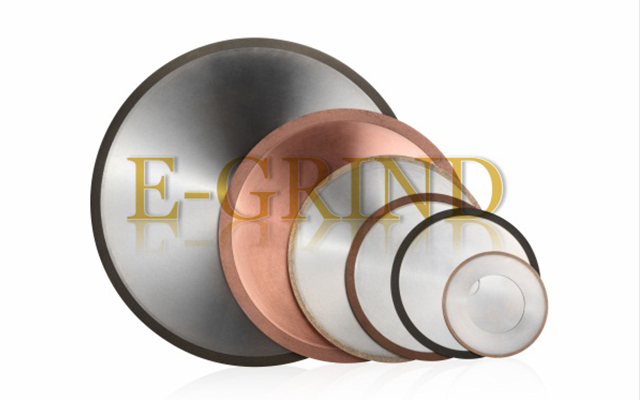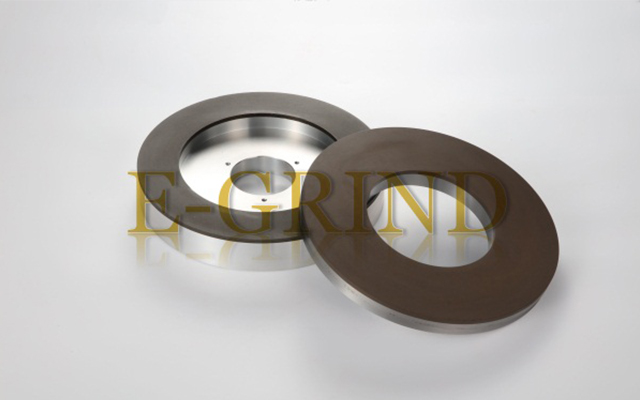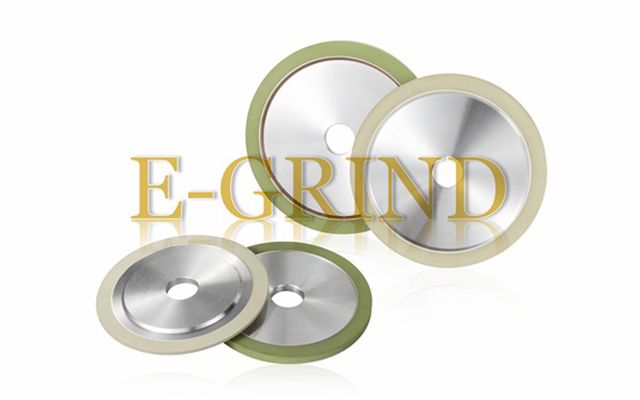Cylindrical grinding is mainly carried out on a cylindrical grinder to grind the outer cylinder, outer cone, and shoulder end face of the shaft workpiece.
The types of cylindrical grinding:
Central cylindrical grinding
Centerless cylindrical grinding
Cylindrical grinding of the end face
The methods of cylindrical grinding:
Longitudinal grinding method
It's the most commonly used grinding method. When grinding, the table is fed longitudinally and reciprocally. the wheel is cross fed periodically. The grinding allowance of the workpiece will be removed in many reciprocating grinding processes. For optimal results in this widely adopted method, collaboration with professional cylindrical grinding wheel manufacturers is essential.
Transverse/Cut-in grinding method
The cut-in grinding method is also called the transverse grinding method. The grinding wheel shall feed continuously until the grinding wheel is less than the grinding width of the outer circle. There is no longitudinal feed motion when grinding the grinding wheel. A higher cutting speed can be used during rough grinding; During fine grinding, the cutting speed is low to prevent workpiece burn, heating, and deformation.
Sectional grinding method
The sectional grinding method is also called the comprehensive grinding method. It is a comprehensive application of the cut-in method and the longitudinal method, that is, the workpiece is roughly ground by sections with the cut-in method, leaving a margin of 0.03 ~ 0.04mm, and finally finely ground to the size with the longitudinal method.
Deep grinding method
This is a widely used grinding method, which uses a large infeed to grind all the grinding allowance of the workpiece in one longitudinal feed. Because the basic grinding time is shortened, labor productivity is high.
Grinding method of the step surface
After grinding the cylindrical surface, the step surface of the workpiece can be ground out by moving the workbench by hand and borrowing the end face of the grinding wheel. During grinding, it is necessary to withdraw the grinding wheel slightly horizontally, manually rotate the workbench, make intermittent feeding after the grinding wheel contacts the end face of the workpiece, and pay attention to pouring sufficient cutting fluid to avoid burning the workpiece. Generally, the end face of the grinding wheel can be trimmed into an inner concave shape to reduce the contact area between the grinding wheel and the workpiece and improve the grinding quality.


